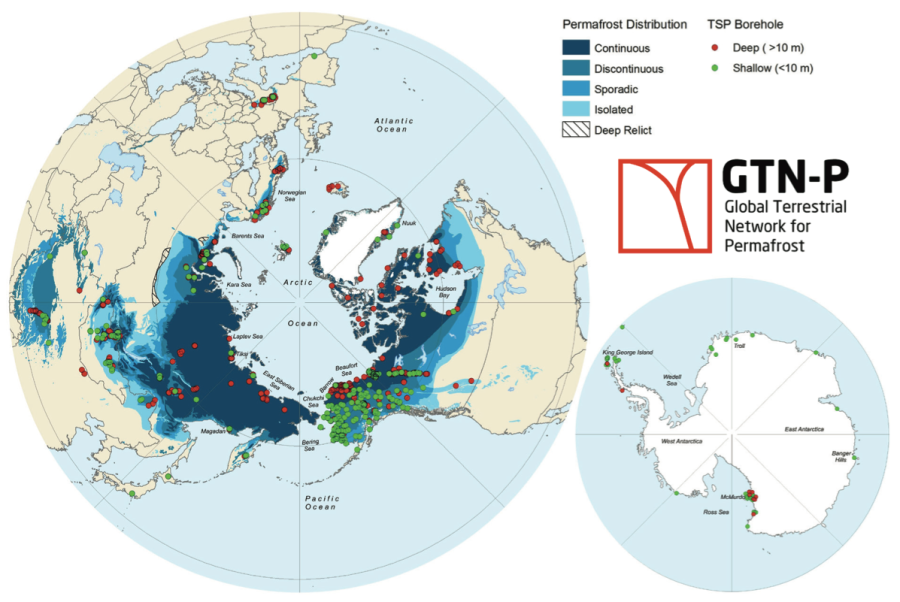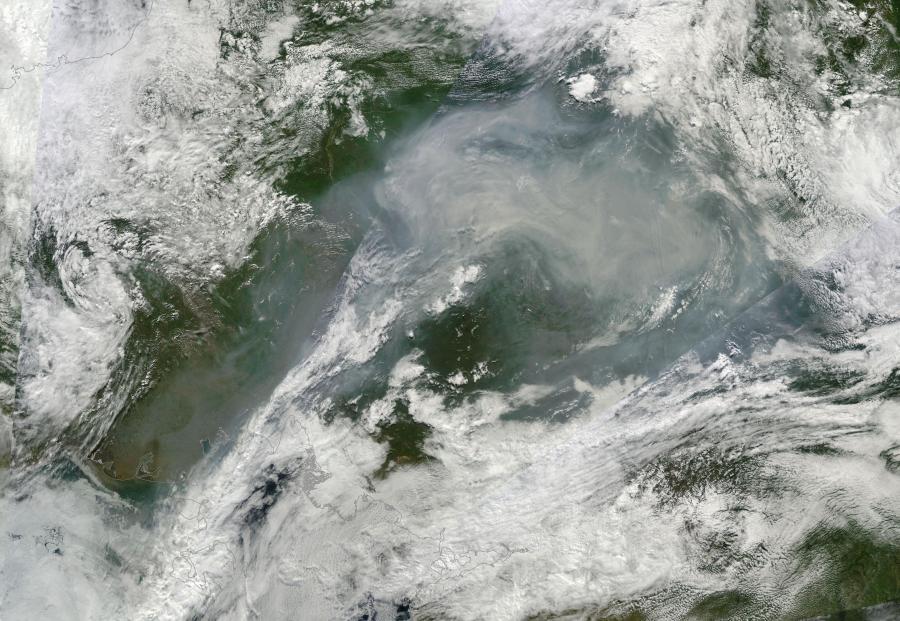Purple waves
Purple Haze
-Jimi Hendrix
Purple Rain
-Prince
Greetings
Hope you are having a fun summer. I think I had too much fun in the garden to pay much attention to the climate. But here is something that caught my eye.
Oregon's purple waves off Neskowin? No, not that, although it is pretty spooky. A bacteria that eats hydrogen sulfide - an early indication of a coming Canfield Ocean? (A a deadly hothouse ocean state implicated in 5 of 6 major mass extinction events)
No, something much more mundane, - a top scientist at Woods Hole suggesting that the threat of catastophic permafrost thaw is "real and imminent". Is this something to worry about? After all, the permafrost is pretty far away. Its way up north. A lot father than Neskowin anyway. And "real and imminent" That's pretty vague. But it's that word "catastrophic" that is troublesome-it seems like it might be worth paying attention.
So, lets take a look. As we know, the permafost is frozen soil located in arctic and subarctic regions, and it contains a lot of carbon (1,300 billion tons! - or twice as much carbon as is already in the atmosphere). Happily that carbon is frozen, so it can't get into the atmosphere. So far anyway. Of course if it does get warm up there, warm enough to melt this frozen stuff, the carbon released could start a sort of chain reaction, creating more warming, which melts more permafrost. Et cetera Its one of those nasty "tipping points" that could put the whole mess on autopilot and out of human control. Here is a nice article from Nature - good bed time reading
All that carbon. And here's the weird part. None of that carbon is included in the IPCC projections. It seems that they were concerned that there weren't enough scientific papers on it yet.
So, when would this happen? What would it take? One study says it might start once the average temperature of the earth rises above 1.5 degrees above per industrial levels. Perhaps 2 degrees? In 2011, Dr Kevin Shaefer of the US Snow and Ice Data Center, suggested it could start in 20 years. But that was before the discovery that the permafrost was also being warmed by microbes.!!!
-----
Top Scientist — Threat of Catastrophic Permafrost Thaw is “Real and Imminent”
Labels: climate, neskowin, oceans, permafrost, Robert scribbler, tipping point



0 Comments:
Post a Comment
Subscribe to Post Comments [Atom]
<< Home